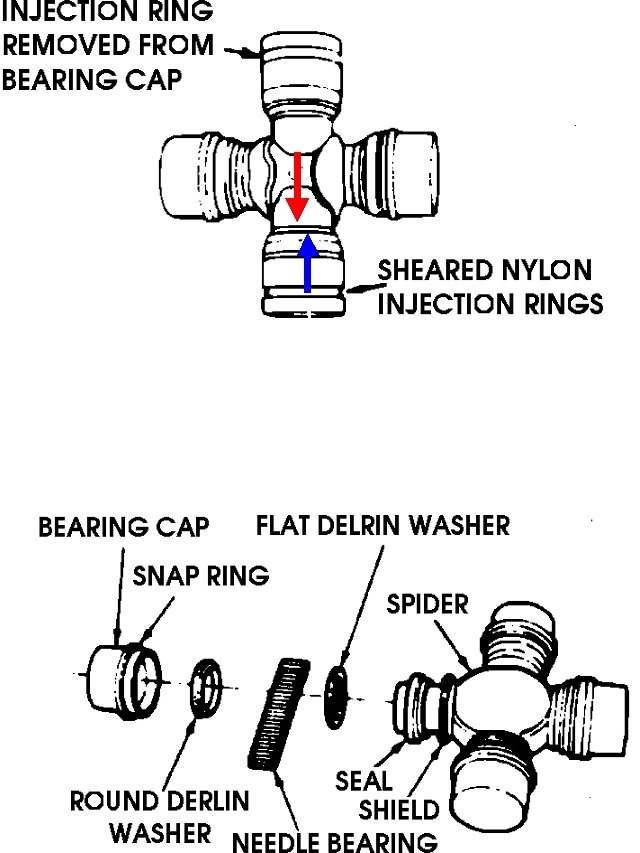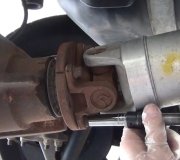Depends on what it feels like. If it's a slow thumping, usually once per wheel revolution, a broken belt in a tire is a good suspect, especially when it is nearing the end of its tread life. A much faster vibration felt in the seat can be caused by a badly-worn universal joint. Both can get worse when not under load.
If you feel it mainly in the steering wheel, check out this article:
https://www.2carpros.com/articles/steering-wheel-shakes-when-accelerating-or-braking
To check for a broken tire belt, the best is to rotate each one by hand or by running the engine, in gear, on a hoist, and watching for a hump or tread squirming side to side. You can often find those humps by running your hand around the tread, but be careful. Broken belts often include wires from the steel belts sticking out. It can really hurt when you get poked by the ends of those wires. I gently pat the tread as I make my way around it.
To check the universal joints, shift to neutral, block the tires, or apply the parking brake if the cables aren't rusted tight yet, then crawl underneath and try to rotate the drive shafts back and forth. You're looking for movement between the bearing cups and the cross, as shown by the red and blue arrows in this drawing. Also look in that area for reddish-brown stains from rust. That's an indication the grease has been gone for some time and the needle bearings have disintegrated. Often the cup will also be cracked into multiple pieces.
Besides that looseness, universal joints can also become tight. That can't be identified until the drive shaft is removed. Tight universal joints can also cause a huge loss of power, making it hard to get up to highway speed. The difference is though, tight joints don't typically cause a bad vibration until the wear gets worse.
Front universal joints won't cause a problem if you're not in four-wheel-drive, except on trucks where the two front half shafts are always locked to the wheels. These turn one-third as fast as the joints on the drive shafts, so they won't cause the same high-frequency vibration, but if an outer universal joint becomes tight, it won't let the wheel rotate when you're turning left or right. You'll find it almost impossible to turn the steering wheel unless you move the truck forward one-quarter of a wheel revolution. Then, once you do turn the steering wheel, it will be forcibly shoved back to centered as soon as you move the truck forward or rearward.
Let me know what you find, then I'll locate the instructions for making the repair.
Image (Click to make bigger)
Thursday, June 3rd, 2021 AT 10:05 AM



